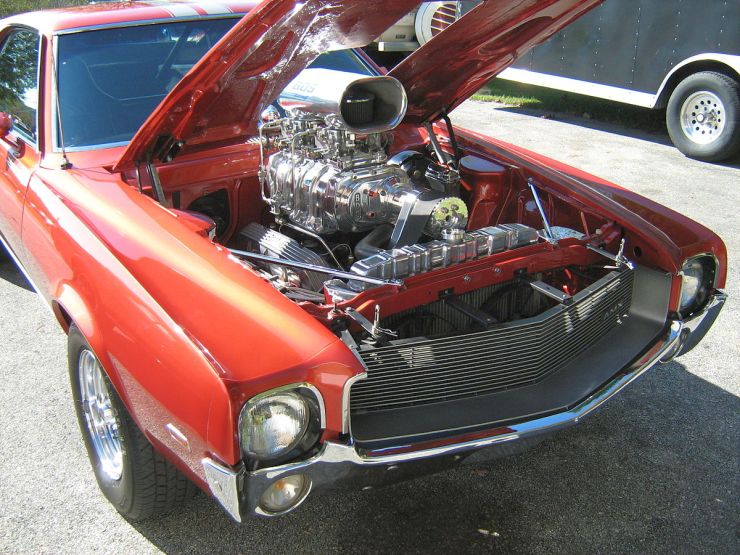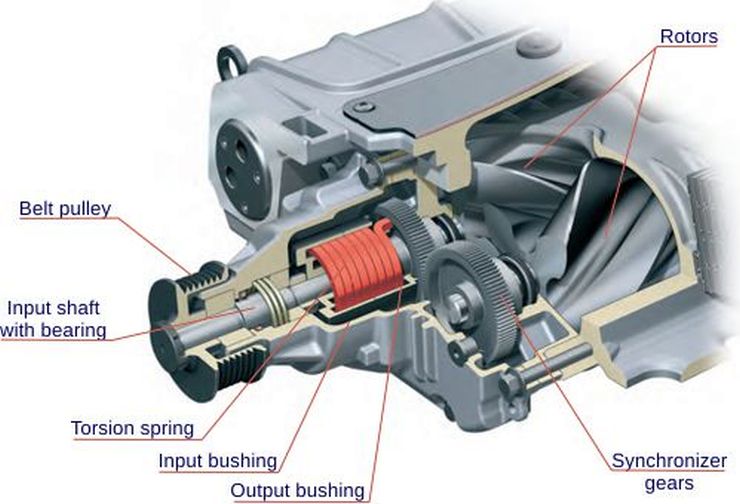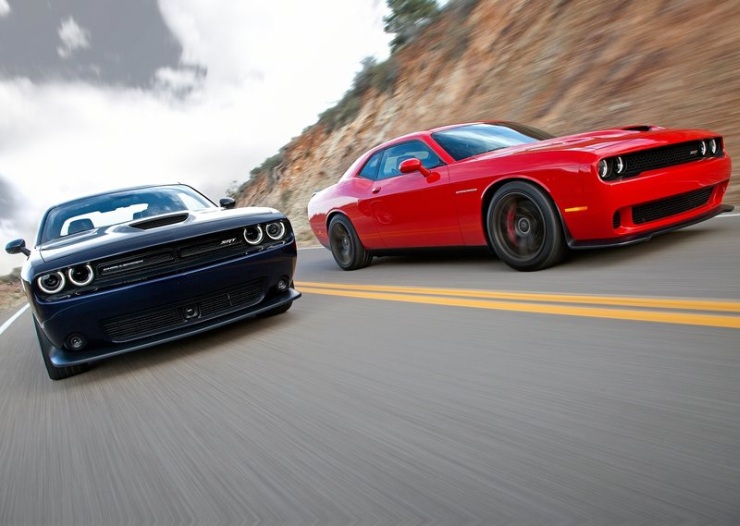How superchargers work: We explain
Many manufacturers have started using turbochargers for their cars. This is because with turbochargers you can produce more power and not lose efficiency while keeping emissions in check. Everyone loves and wants more power from their engine but manufacturers are restricted because they have to consider many things before making an engine. They have to consider the power output, size of the engine, fuel efficiency, emissions, displacement size, number of cylinders, and much more. Instead of using a turbocharger on the engine, there is one more way to increase the power output and that is by using a supercharger. Superchargers are only used by premium manufacturers in India because of they are complex and high cost.
Why do manufacturers use superchargers?
Manufacturers use superchargers because the naturally aspirated engines are limited by their poor breathing efficiency. You have to rev the engine hard to extract most of its power because the air that is reaching the engine is limited. The engine burns a mixture of air and fuel and if you increase the amount of the oxygen in this mixture then you can burn it more efficiently. The efficiency of the combustion is directly dependent on the amount of oxygen. So, the more the oxygen, the higher the efficiency which leads to more power produced from the engine. This is where superchargers come into the picture. Superchargers help the engine to breathe more efficiently by forcing more air into the engine.
Also read: Buy Mahindra Bolero, Scorpio, XUV500 today, pay in 2021
Superchargers are literally like air compressors for engines. They are powered directly from the engine. Yes, by taking the power from the engine, Superchargers do decrease the power output of the engine but in return, they do increase the overall power output than they are consuming. Superchargers usually consume 20 percent of the engine power but at the same time, they also add up to 46 percent more power which is a trade-off worth considering. Some manufacturers were even able to extract 100 percent more power from the engine by using reinforced and stronger engine components and cooling equipment that can withstand additional heat and stress.
How does a supercharger work?
The most widely used supercharger is the Roots supercharger so we will be discussing only that. Roots supercharger is the oldest and it was first patented in 1860 by Philander and Francis Roots. In 1900, the Roots supercharger was first used in a car by Gottlieb Daimler.
The Roots supercharger sits on the engine where the air intake is placed so that it can pump as much air as possible. The supercharger consists of two spinning rotors. As the rotors spin, they draw in air from the top and the air gets trapped in the spaces between the lobes. The air travels from the top of the supercharger to the bottom of it where intercooler is present to cool-off the air before it enters the engine.
Advantages of a supercharger
No lag
Unlike turbochargers, the superchargers don’t have throttle response lag that you get in turbochargers. Because the supercharger is powered by the engine which is working constantly, the air gets pushed into the engine continuously. This improves the throttle response and the engine acts just like a naturally aspirated one which means there is no lag and the power delivery is instant.
More power
As mentioned above superchargers help engine in producing significantly more power and more torque. 46 percent more power and 31 percent more torque to be precise. You can even extract more power from the engines if you use components with high durability and premium high-octane fuel.
Boost at low RPMs
The drivability of the engines at low speeds and low RPMs is increased significantly because the supercharger is driven by the crankshaft which means even at idling the supercharger is working and as soon as you press the throttle there is no lag and air is rushed to the engine instantly.
Price
If we compare the price to power ratio, the supercharger can provide significantly more power to its price. This is not necessary with turbochargers whereas with superchargers you can get up to 41 percent more power without changing much of the engine parts.
Disadvantages of a supercharger
Efficiency
Superchargers draw power from the engine which means that it decreases the power output of the engine. Many people don’t like this as they don’t think that this is worth it.
Stress
Because of the added horsepower, the engine has to bear more stress also. The cylinder and the pistons have to bear bigger explosions that happen. Most manufacturers make their engine to sustain a particular load and you will have to consider that you don’t go beyond it or you will harm the engine.
Cost
Bolting a supercharger on an engine can cost higher because of the added parts. If the engine cannot sustain the additional horsepower then the parts need to be changed for new ones that can handle the added load which can cost significantly more.
Cooling requirements
The engine requires more cooling if you slap on a supercharger on it and that is because the supercharger is continuously running and increasing the temperature of the engine. The supercharger also has a cooler from which the air goes through before entering the engine. To keep the engine’s temperature down special heavy-duty coolants and radiators are used which can also add to the cost.
Reliability
Just like any other forced-induction system, the engine’s components are taking more pressure, more temperature, and more load. This can affect the life of the engine and make it prone to more wear and tear over time.
The high cost of manufacturing and developing engine components that can sustain high loads is what stopping manufacturers from making more supercharged engines. Also, in countries like ours with high temperatures, the maintenance and the reliability of a supercharged engine can be difficult. The tuning and modifying culture in India is very limited which is also one of the reasons why manufacturers do not manufacture a supercharger.
Also read: May 2020 discounts on Maruti Suzuki Arena range of cars




No comments
please do not enter any spam link in the comment box